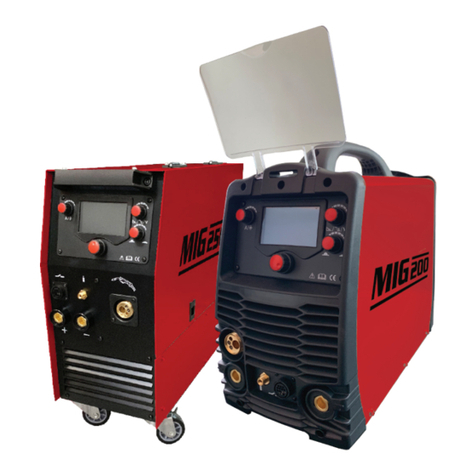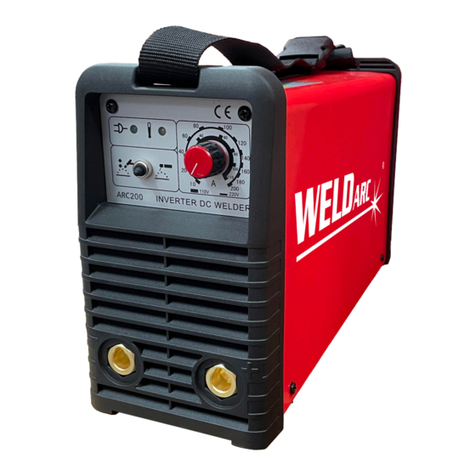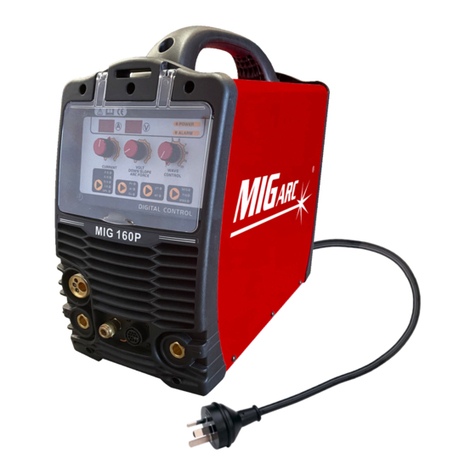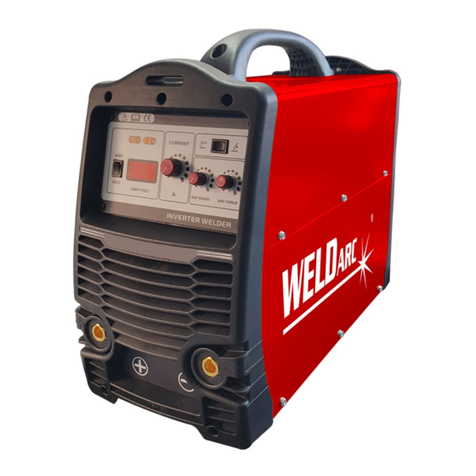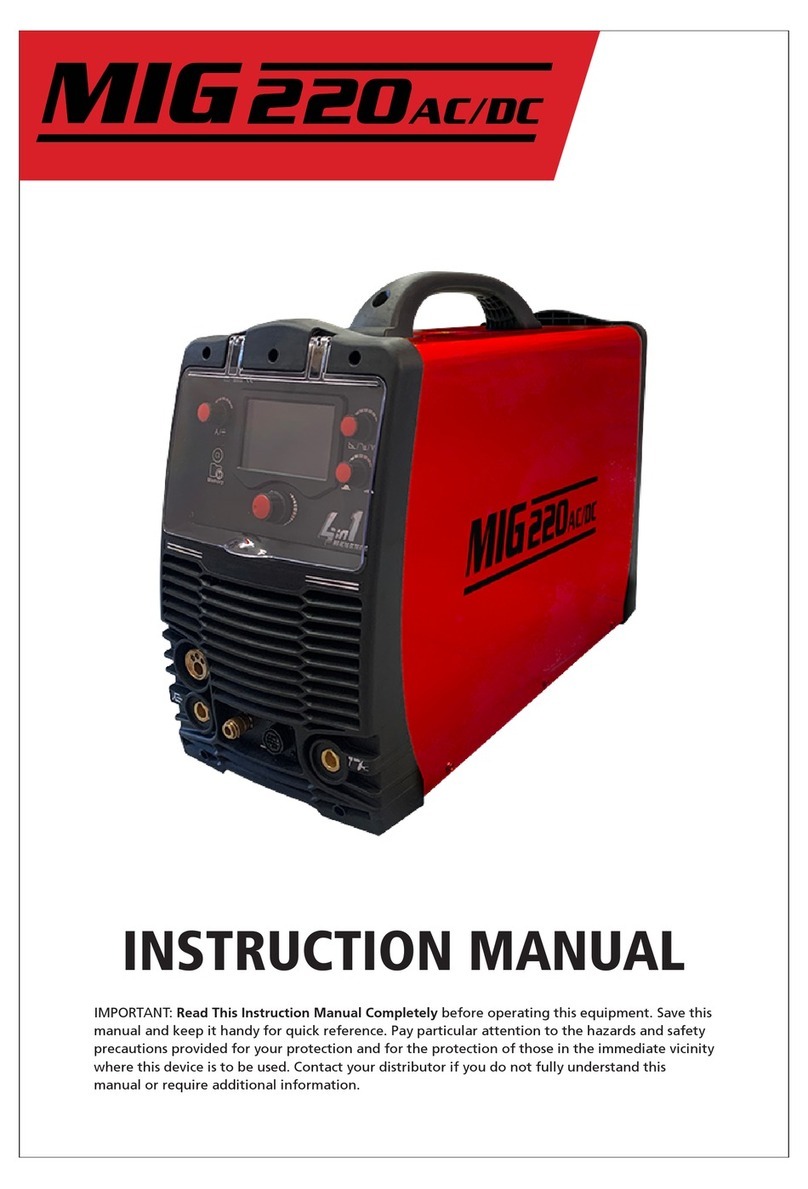
3
When operating the cylinder valve:
• Open by hand turning the valve hand wheel
anti-clockwise using no more than reasonable force
• Ensure that no gas is leaking from the cylinder valve
connection or the system to which the cylinder is
connected. DO NOT use ammonia-based leak detection
fluid as this can damage the valve. Approved leak
detection fluid, can be obtained from your gas provider
• When cylinder is empty, close the valve by turning
the valve hand wheel in a clockwise direction using no
more than reasonable force
Ten Points about Cylinder Safety (continued)
6) Keep in a cool, well ventilated area, away from heat
sources, of ignition and combustible materials,
especially flammable gases
7) Store full and empty cylinders separately
8) Keep ammonia-based leak detection solutions, oil and
grease away from cylinders and valves
9) Never use excessive force when opening or closing valves
10) Don’t repaint or disguise markings or damage.
If damaged, return cylinders immediately
Cylinder Valve Safety
When working with cylinders or operating cylinder valves,
always wear appropriate protective clothing – gloves, boots
and safety glasses. When moving cylinders, ensure that the
valve is not accidentally opened in transit.
Before operating a cylinder valve:
• Ensure that the system you are connecting the cylinder
into is suitable for the gas and pressure involved
• Ensure that hoses are securely connected to the cylinder
valve and system. A hose, for example, can potentially flail
about dangerously if it is not restrained at both ends
and accidentally pressurised
• Stand to the side of the cylinder so that neither you nor
anyone else is in line with the back of the cylinder valve.
This is in case a back-plug is loose or a bursting disc vents.
The correct stance is shown in the “Cylinder Safety”
diagram previously in this section
1.3 Electrical Shock
• Never touch ‘live’ electrical parts
• Earth clamp all work materials
• Never work in wet or damp environments
Avoid electric shock by:
• Wearing dry, insulated boots
• Using dry, leather gloves
• Never changing electrodes with bare hands or wet gloves
• Never cool electrode holders in water
• Work on a dry, insulated floor where possible
• Never hold the electrode or holder under your arm
1.4 User Responsibilities
• Read the Instructional Manual prior to using your
TIGARC 200DC
• Unauthorised repairs to this equipment may endanger
the technician and operator and will void your Warranty.
Only qualified personnel should perform repairs
• Always disconnect mains power before investigating
equipment malfunctions
• Replace broken, damaged, missing or worn parts & hoses
immediately.
• Equipment should be cleaned & serviced periodically







